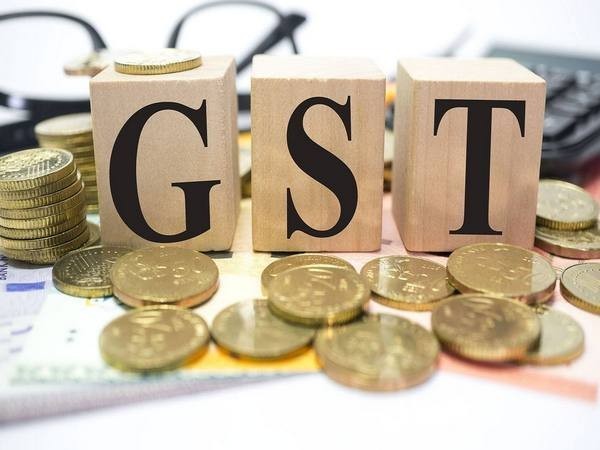New Delhi [India], August 15 (ANI): Prime Minister Narendra Modi in his address to the nation on the occasion of the 79th Independence Day, announced that the government’s focus is now on the next phase of GST reforms, aimed at building an Aatmanirbhar Bharat, are anchored on three pillars: structural reforms, rate rationalisation and ease of living
According to the Ministry of Finance, the Central Government has submitted its proposal for Goods and Services Tax (GST) rate rationalisation and related reforms to the Group of Ministers (GoM) formed by the GST Council. The plan aims to benefit all sections of society.
“The Centre has taken this initiative with the aim of building a constructive, inclusive, and consensus-based dialogue among all stakeholders,” the Ministry of Finance stated on X. It added that the government will work closely with states, in the spirit of cooperative federalism, to build consensus before implementing the reforms.
The GST Council is expected to review the GoM’s recommendations in its upcoming meeting. The government aims for early implementation so the benefits can be realised within the current financial year.
The Ministry said GST will continue to evolve into “a simple, stable, and transparent tax system” that supports inclusive growth and strengthens the formal economy.
In his Independence Day speech from the ramparts of the Red Fort, PM Modi hailed GST as a landmark reform that has benefited the nation since its rollout in 2017.
The Prime Minister said that the next-generation GST reforms will be rolled out by Diwali and are aimed at reducing taxes on daily-use items.
The Finance Ministry’s detailed statement on the proposal outlines measures to address classification disputes and correct inverted duty structures, where the tax rate on inputs is higher than on final products. Aligning these rates will reduce the accumulation of unused tax credits and support domestic value addition. It also seeks to give businesses long-term clarity on rates to improve planning and investment decisions.
On rate rationalisation, the government is considering lowering taxes on essential and aspirational goods, reducing the number of GST slabs, and limiting special rates to a few select items. The end of the compensation cess has created financial room for such changes, which could improve affordability and boost consumption.
For ease of living, the plan includes a faster, technology-driven registration process for small businesses and startups, pre-filled GST returns to cut down errors, and automated refund systems, especially for exporters and industries affected by inverted duty structures.
Industry bodies also supported the new reforms. “We applaud the announcement of a comprehensive GST review after eight years, which will reduce the tax burden on consumers and businesses and enhance Ease of Doing Business. The commitment to reduce compliances, eliminate redundant regulations and create a dedicated Reform Task Force will strengthen India’s position as a global manufacturing hub,” said Harsha Vardhan Agarwal, president, FICCI. (ANI)
Disclaimer: This story is auto-generated from a syndicated feed of ANI; only the image & headline may have been reworked by News Services Division of World News Network Inc Ltd and Palghar News and Pune News and World News
HINDI, MARATHI, GUJARATI, TAMIL, TELUGU, BENGALI, KANNADA, ORIYA, PUNJABI, URDU, MALAYALAM
For more details and packages

















